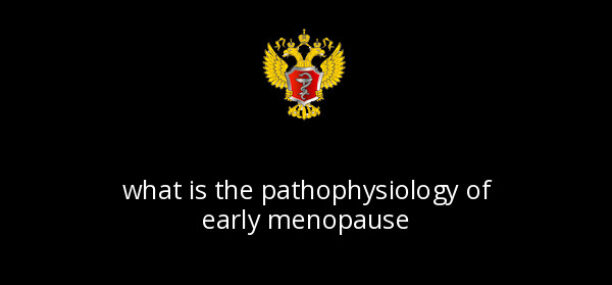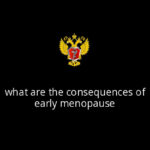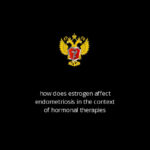Delving deeper into the pathophysiology of menopause and its associated conditions is crucial for a comprehensive understanding of women’s health. Let’s explore the intricate pathways, processes, and cycles related to menopause, as well as the underlying conditions that can influence its onset and progression:
Hormonal Changes:
Menopause is characterized by the natural decline in ovarian function, leading to decreased production of estrogen and progesterone.
This decline in sex hormone levels disrupts the feedback mechanisms involving the hypothalamic-pituitary-gonadal (HPG) axis, resulting in altered secretion of gonadotropins (FSH and LH) from the pituitary gland.
Dysregulation of the HPG axis leads to irregular menstrual cycles, follicular depletion, and eventually cessation of ovarian function.
Ovarian Aging and Follicular Atresia:
Ovarian aging is a gradual process characterized by a decline in the quantity and quality of ovarian follicles.
As women age, the pool of primordial follicles diminishes, leading to an increased proportion of follicles undergoing atresia (degeneration).
Declining ovarian reserve and follicular depletion contribute to menstrual irregularities, diminished ovarian function, and ultimately menopause.
Neuroendocrine Changes:
Estrogen plays a crucial role in modulating the function of the central nervous system, including neurotransmitter activity, neuroplasticity, and mood regulation.
The decline in estrogen levels during menopause can affect neurotransmitter balance, leading to changes in mood, cognition, and emotional well-being.
Neuroendocrine alterations may contribute to symptoms such as hot flashes, night sweats, sleep disturbances, and mood disorders commonly experienced during menopause.
Metabolic and Cardiovascular Effects:
Estrogen exerts pleiotropic effects on metabolic and cardiovascular health, including regulation of lipid metabolism, vascular tone, and endothelial function.
The decline in estrogen levels during menopause is associated with adverse changes in lipid profiles, increased visceral adiposity, insulin resistance, and endothelial dysfunction.
These metabolic and cardiovascular changes contribute to an increased risk of conditions such as dyslipidemia, hypertension, atherosclerosis, and cardiovascular disease in postmenopausal women.
Bone Health and Osteoporosis:
Estrogen plays a critical role in maintaining bone density and calcium homeostasis by inhibiting osteoclast activity and promoting osteoblast function.
The decline in estrogen levels during menopause accelerates bone turnover, leading to increased bone resorption and decreased bone formation.
Reduced bone mineral density and structural deterioration increase the risk of osteoporosis and fractures in postmenopausal women.
Genetic and Environmental Factors:
Genetic predisposition, lifestyle factors, environmental exposures, and reproductive history can influence the timing and severity of menopause and its associated symptoms.
Variations in genes involved in estrogen metabolism, follicle development, and neuroendocrine regulation may contribute to individual differences in menopausal age and susceptibility to menopausal conditions.
By exploring the intricate interplay between hormonal, neuroendocrine, metabolic, and genetic factors underlying menopause and its associated conditions, we can gain deeper insights into the complexities of women’s health and develop more personalized and targeted approaches to prevention, management, and treatment
Verified by: Dr.Diab (March 29, 2024)
Citation: Dr.Diab. (March 29, 2024). What is the Pathophysiology of Early Menopause. Medcoi Journal of Medicine, 6(2). urn:medcoi:article32649.














There are no comments yet
Or use one of these social networks